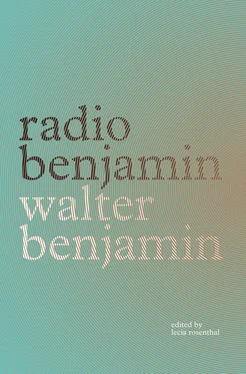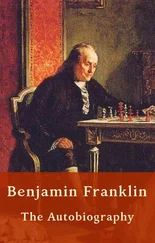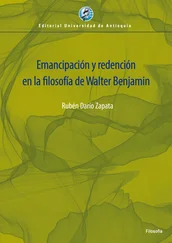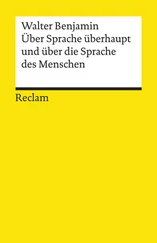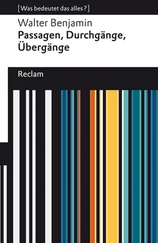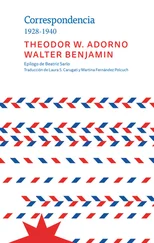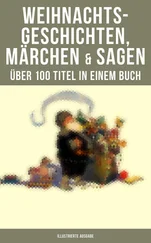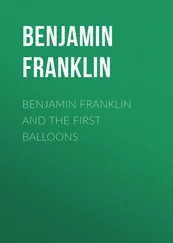“Only foreign lands teach us what we have at home.” I learned this first-hand, and my first inspirations for these “Wanderings through the Mark Brandenburg” came to me on excursions in a foreign land. The inspirations became desire, the desire became resolve. It was in the Scottish county of Kinross, whose prettiest point is Loch Leven. In the middle of the loch lies an island, and on the middle of the island, half hidden behind ash trees and black firs, rises an old Douglas castle, the Loch Leven Castle of song and legend. On returning to land by boat, the oars rapidly engaged, the island became a strip, finally disappearing altogether, and for a while, only as a figure of the mind, the round tower remained before us upon the water, until suddenly our imagination receded further into its memories and older images eclipsed the images of this hour. They were memories of our native land, an unforgotten day. It was the image of Rheinsberg Castle that, like a Fata Morgana, hovered over Loch Leven, and before our boat reached the sand of the shore, a question posed itself: beautiful was this image that Loch Leven and its Douglas castle unfurled before you. And that day when you journeyed in your flatboat across Lake Rheinsberg, was it actually less beautiful than the imaginings and memories of a splendid time that engulfed you here? And I answered: no. The years gone by since that day on Loch Leven have returned me to my native land, and the resolutions from that time remain unforgotten. I traversed the Mark and found it richer than I dared hope. Each footbreadth of earth came alive, taking on shapes, and if my descriptions do not satisfy, I must forgo an apology that it was meager surroundings that I was forced to ameliorate or embellish. To the contrary, I was confronted with abundance, leaving me with the certain feeling of never being able to take it all in. And free of care, I gathered it in, not as someone approaches the harvest with sickle in hand, but rather as a rambler, plucking individual ears from the affluent fields. 6
So goes Fontane’s preface. Now we will see how he describes a small village in the Mark, about which there seems nothing particularly noteworthy. But one can’t describe something one only sees and knows nothing about. It is not always necessary to know what the experts know. A painter who is painting an apple tree, for example, does not need to know what kind of apples grow on it. He only knows how the light falls through the various types of leaves. How it changes its appearance at different times in the day. How strongly or gently the shadows fall on the grass, stones, or soil. But while it can be seen, it can only truly be seen with experience, with repeated viewings, and with comprehension. So it is with Fontane. There aren’t many lyrical descriptions of nature, and no moonlight rhapsodies, no fancy speeches on the solitude of the forest and other such things you sometimes struggle with at school. Fontane simply wrote what he knew, and that was a lot; not only about kings and castle owners, fields and lakes, but also about simple people: how they live, what they care about, and what sorts of plans they have. Most of you are familiar with Caputh, so you can easily judge for yourselves the description I’ll read to you now.
Caputh is one of the largest villages in the Mark, and certainly one of the longest; it easily measures a half-mile. Its name points to the fact that it’s Wendish. There are too many theories as to what the name actually means for any to have much merit. As certain as the meaning of the name is uncertain was the poverty of its residents in the old days. Caputh has no fields, and the large expanse of water at its doorstep, the river Havel, along with Lake Schwielow, was jealously guarded and exploited by the local Potsdam fishermen, whose time-honored dominion stretched over the entire middle Havel until Brandenburg. So, things were bad for the people of Caputh; farming and fishing were equally unavailable. But necessity being the mother of invention, ultimately the people of this narrow strip of coastline found a way to survive. They devised a two-pronged scheme to make ends meet; men and women divided to attack the problem from two sides. The men became boatmen while the women took up gardening.
Proximity to Potsdam, and above all the rapid growth of Berlin, favored the Caputher’s transformation from day laborer into boatman or boat-builder, perhaps even evoked it. Brickworks sprung up all along the Havel and Schwielow, and the millions of bricks baked year in and year out on the shores of these lakes and their inlets required hundreds of boats to ferry them to the Berlin market. For this the Caputhers lent a hand. An entire fleet arose, and at this very moment more than sixty vessels, all built at village wharves, are plying Schwielow, the Havel, and the Spree. The usual destination, as already implied, is the capital. A fraction, however, also sails down the Havel to the Elbe and ultimately does business in Hamburg.
However, Caputh — the Chicago of Lake Schwielow — is not merely the great trade emporium of this region, not merely a point of arrival and departure for the Zauche-Havelland brick districts, no, it is also a port that all Havel traffic must pass through. The detour through Schwielow is unavoidable; for the time being there is only this one navigable strait. A shortened route through the North Canal has been planned but not yet carried out. And so, Caputh, home to a fleet of boats made from its own resources, would fare perfectly well on its own if it ever needed to. At the same time it has become an all-around maritime and trading center, a harbor for ships from other regions, and, were disaster to strike or hurricanes to loom, the flotillas of Rathenow, Plaue, and Brandenburg could descend and drop anchor here. But the strait through Caputh is most exciting when there’s some big festival and custom dictates closing it to traffic. Pentecost is a particular highlight, when everything converges here; on either side of the strait lie a hundred ships or more, banners waving, and high atop the masts, a delightful sight: one hundred May bushes saluting the horizon.
This is the grand side of Caputh life, but there’s also a small side. The men possess the recklessness of the seafarer; their money acquired over months of work is spent in just a few hours, when it then falls to the women to bring the accounts into order through their industriousness and the earnings brought by their small labors.
As we already mentioned, they are gardeners; nurturing the soil requires meticulous care, and individual crops are so skillfully cultivated that the Caputhers can even compete with their neighbors in Werder. Chief among their crops is the strawberry, which also reaps benefits from the close proximity of the two capitals: there are small-scale gardeners who in three to four weeks, with a half-acre garden plot, take in 120 thalers for their pineapple-strawberries. However, these ventures remain small-scale, and even here in Caputh it is apparent that the more sophisticated crops don’t add up to much and that fifty acres of wheat is still the best and easiest option. 7
It’s always nice when what’s in a book is not just what the title promises, but all sorts of wonderful things you never would have imagined when you picked it up. Such is the case with these Wanderings. Not only does Fontane talk about the Mark and its inhabitants in his day, he also tries to imagine what it looked like in earlier times. He is especially intent on discovering the peculiarities and quirks of the former inhabitants of the Mark. Among the strangest stories he happened upon concern the conspiracies circulating in this region before 1800, especially among the Potsdam aristocracy. These plots and secret alliances were not so much about people as about nature, from which they hoped to wrest the secret of gold. If you could synthesize gold, so people thought, you would know all of nature’s secrets. In those days only very fanciful people believed it was possible to make gold. Today, even great scholars no longer hold it to be impossible. But people no longer pride themselves on having nature in their grasp. We are continually working on an infinite number of technical problems whose solutions would be much more significant in a practical sense than making gold. In those days no one ever dared dream of such things as power generation, transportation systems, radio photography, 8the manufacture of synthetic medications, and so on, which is why people were so interested in making gold. Potsdam was home to several societies intent on the pursuit of the “philosopher’s stone,” the name for the magic that would materialize gold and whose possessor would become not only rich, but also wise and all-powerful.
Читать дальше
